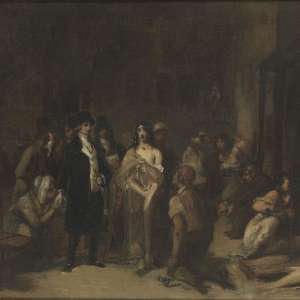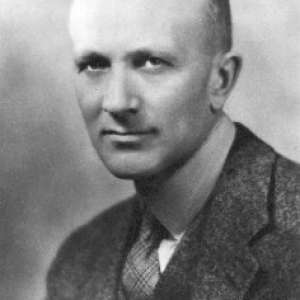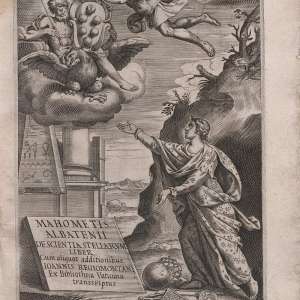
Wearing gold slippers and a lavender silk robe, physician Franz Anton Mesmer moved slowly around the silent, dimly lit room while waving a metal wand. A baquet, a large oak tub of magnetized water, sat in the middle of the richly appointed salon. Mesmer’s patients surrounded the baquet and pressed its protruding metal rods to the afflicted areas of their bodies. Ethereal notes of a glass harmonica, its sound resembling that of clinking glasses, tinkled as incense wafted through the air. After a flick of his wand or a touch of his hand, some of Mesmer’s patients fell into trances, cathartic and curative “crises” that could resemble violent convulsions, fits of laughter, or piercing shrieks.
Animal magnetism
Mesmer’s unorthodox treatment style began in late 1774. For two years, he had applied the standard medical remedies of the 18th century, including blistering and bleeding, to a 28-year-old patient, Franziska Österlin, whose maladies ranged from earaches to melancholy. Finding traditional tactics unsuccessful, Mesmer followed the suggestion of Jesuit priest and astronomer Maximilian Hell, who attached magnets to his patients to treat disease. Mesmer applied this same magnetic therapy to Österlin and pronounced her cured. (Read more: Bloodletting is still being practiced in some countries today.)










































